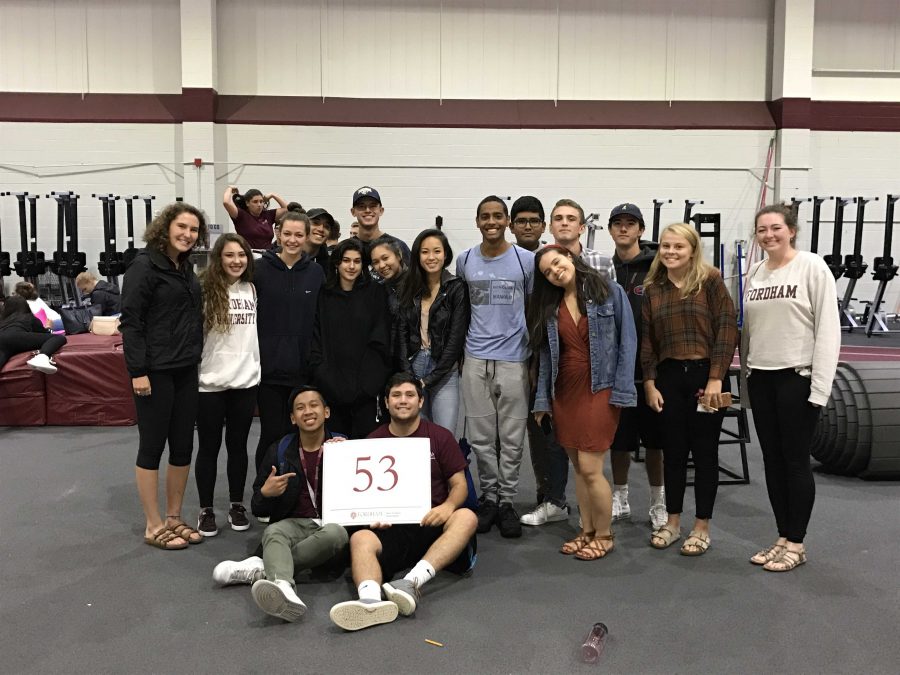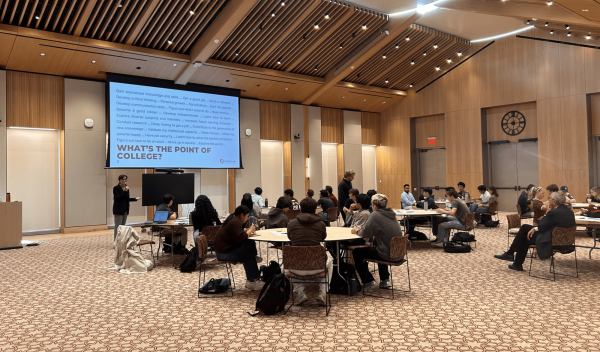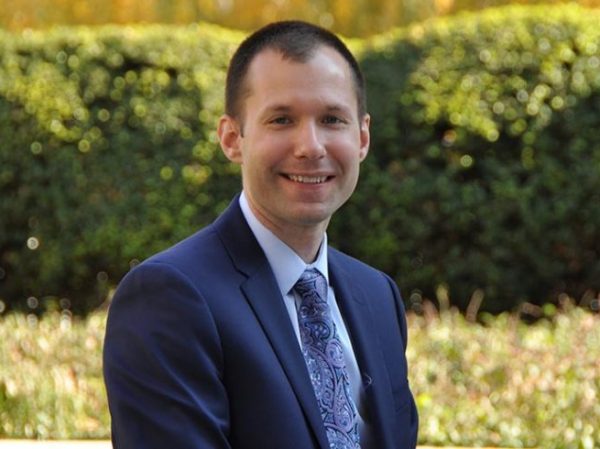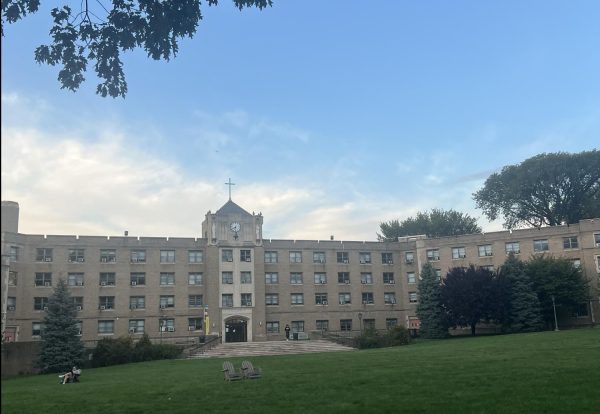Office of Admissions: “Concerned” About Number of Black Students in Freshman Class
By Theresa Schliep
Although considered one of the most geographically diverse classes in Fordham’s history, the Class of 2021 has the fewest amount of black students in the past four years. Of the 2240 freshmen, 63, or 2.8 percent of the class, are black, according to Patricia Peek, Ph.D., dean of undergraduate admissions.
Peek said the university is committed to diversity, and the Office of Admissions is focusing its efforts to increase the representation of black and African American students in the class.
Peek said it is important to note that more students identify as more than one race, including students who identify as Hispanic or Latino, and black or African-American students. In the Class of 2021, 3.8 percent of students identify as more than one race, while 2.8 percent of the Class of 2020, 2.7 percent in the Class of 2019 and 2.3 percent in the Class of 2018 identified as more than one race.
While 2.8 percent is a marginal decrease from 3 percent from the Class of 2020 and Class of 2019, some students said they were concerned about the university’s commitment to diversity and the representation of minorities on campus. Peek herself said the Office of Admissions is “concerned” about the percentage of black students in the class.
Anya Patterson, FCRH ’19, programmer for ASILI, said ASILI is disappointed and hopes the university will make a greater financial commitment to students of color.
“While we are upset by the lack of representation, we understand that the only way this will change is if Fordham works on reallocating funds so that they can bridge the gap between minority students they accept into the institution but can’t afford to pay the tuition,” said a statement from ASILI.
Peek said the Office of Admissions has been “committed to enrolling more black and African-American students to the university,” though she acknowledged there is more work to be done.
“This effort has been a priority for us for a number of years, and we realize that we’ve not yet succeeded at increasing the number of Black and African-American students,” she said.
In response to a question about the representation of students of color on campus from The Fordham Ram, Manny Adeyeye, FCRH ’17, GSAS and a member of the Fordham Football team, responded, “What representation?”
“Students of color that aren’t athletes barely have a voice on campus,” said Adeyeye. “They are suffocated into small groups on campus that are given one day a year to hold an event expressing their beliefs or having fun of any sorts.”
Efforts by the Office of Admissions to diversity the student body include marketing to students of color nationwide, hosting the College Access Fair each fall, a fair dedicated to students of color, recruiting students of color to give tours on campus and participating in the Ventures Scholars program, an organization that identifies talented students of color.
Regional diversity at Fordham has increased this year, more so than the representation of black students. The class of 2021 has more than double the number of students from California than the number of black students. There are more than 130 students from California in the freshmen class, according to Peek.
There was an increase in international students in the class of 2021, according to Peek. Ten percent of the incoming class is international, an 18 percent increase from last year.
Adeyeye said the way Fordham appears in marketing materials differs from the real Fordham.
“Personally, I think the number is at 63 because maybe Fordham ‘has to have a certain number’ of blacks on campus,” said Adeyeye. “Fordham isn’t as diverse as it seems to appear on flyers and on images on our website.”
Peek said it is “important to mention” that a number of students enroll as transfers. Some of those students contribute to the racial diversity of the school.
Four percent of the student body identifies as black or African American, according to Peek.
The percent of students who identify as Hispanic or Latino has remained consistent over the years, at a rate of 13 percent of students.
Morgan Sturdevant Contributed Reporting.










































































































































































































